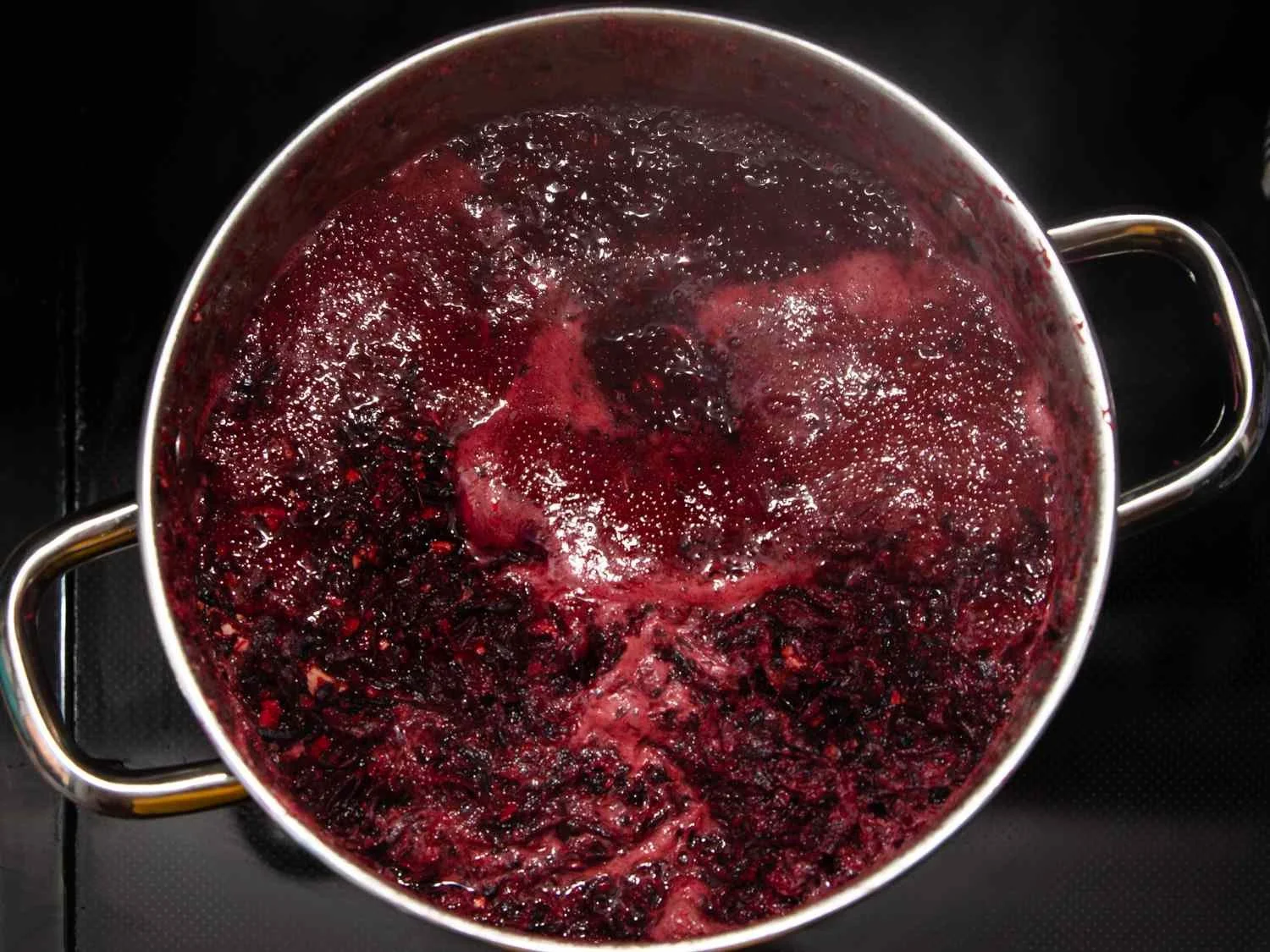Sipping the Diaspora — Hibiscus Drinks Across the Globe
Sipping the Diaspora — Hibiscus Drinks Across the Globe
The vibrant red flower of the hibiscus plant is a shared thread weaving together African, Caribbean, and Latin American cultures through their traditional drinks. These beverages, while rooted in a common ingredient, showcase unique flavors, rituals, and social meanings across regions.
Agua Fresca de Jamaica (Mexico)
In Mexico, hibiscus is transformed into *agua fresca de Jamaica*, a popular thirst quencher made by steeping dried hibiscus calyces in water, then sweetening and chilling the infusion. This bright, tart drink carries centuries-old Indigenous roots combined with contemporary refreshment culture. The floral, cranberry-like flavor refreshes and rejuvenates in hot weather, often accompanied by lime slices or a sprinkle of sugar.
Sorrel (Caribbean)
Across Caribbean islands such as Jamaica, Trinidad, and Barbados, *sorrel* holds special place as a festive, spiced beverage typically consumed during Christmas and New Year celebrations—and sometimes even year-round. Sorrel is brewed with dried hibiscus, aromatic ginger, cinnamon sticks, cloves, and a touch of allspice, resulting in a rich, warmly spiced flavor profile.
Often enhanced with a splash of rum or citrus, sorrel is not only a treat for the palate but also credited with medicinal properties such as boosting immunity and aiding digestion, making it a drink of joy and healing.
Bissap (West Africa)
West African *bissap* is the hibiscus drink of choice, consumed widely from Senegal to Ghana and beyond. Similar to sorrel, bissap is sometimes infused with vanilla, orange blossom, or mint, offering fragrant sweetness to balance its natural tartness.
Typically served chilled, bissap is both a refreshing beverage and a social staple, enjoyed in everyday life and special occasions. Its antioxidant qualities underscore the medicinal wisdom embedded in this simple but profound drink, bridging histories across the Atlantic.
Though all three drinks revolve around the same flower, cultural flavorings and preparation methods illustrate diasporic adaptation and regional creativity, highlighting how a single ingredient can become a radiant symbol of shared heritage and diverse celebration.









